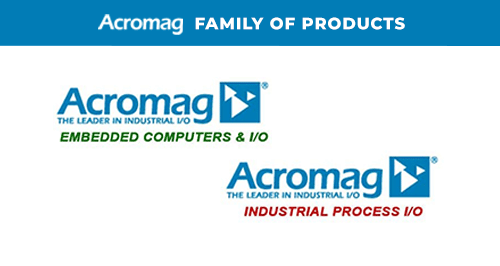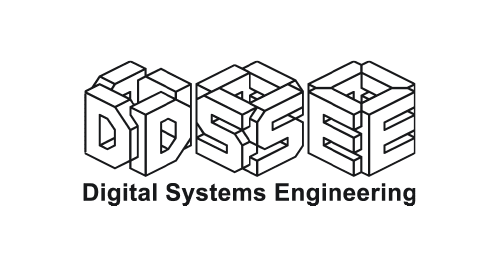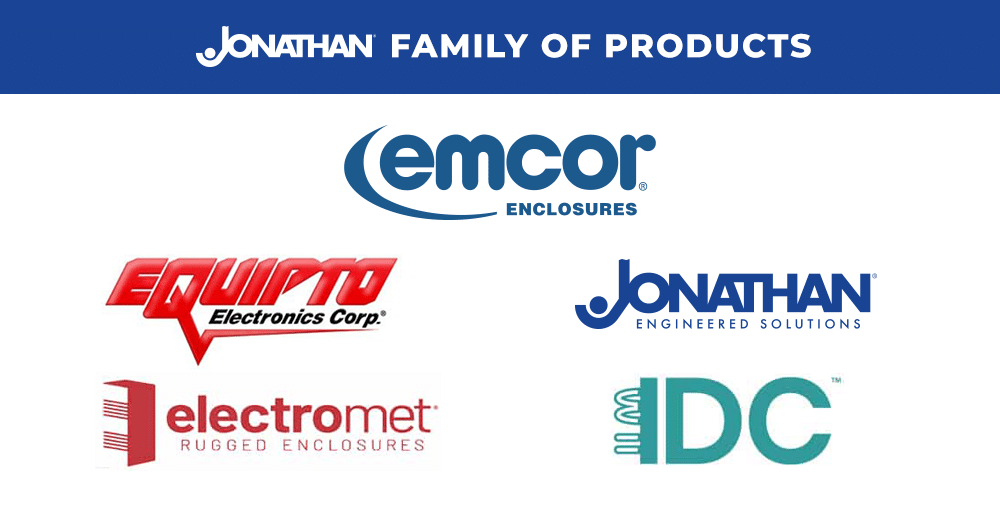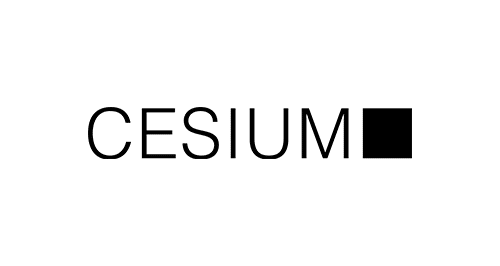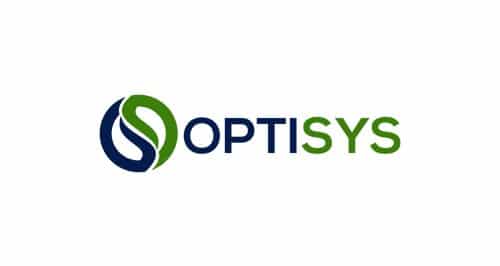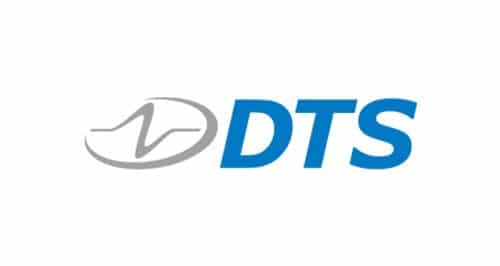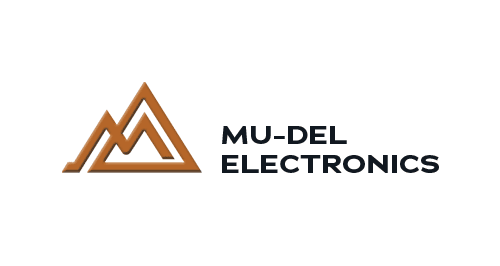
Measure Multiple Load Cell/Strain Gauge Inputs
Learn the best practice for measuring multiple remote or local load cell and strain gauge inputs.
Technical Note: 962EN Measures Multiple Load Cell/Strain Gauge Inputs
Defining the Problem
Very often, load cells and strain gauges are remotely mounted away from a data collection device or a controller. In these applications, converting these input devices to run on an Ethernet network is a better practice than hard-wiring over long distances. For remote measurement, Acromag’s 962EN model for Modbus TCP/IP or Ethernet/IP can be used. For local measurement, Acromag’s 851T-0500 is a high-performance instrument with exceptional versatility.
Both of these Acromag models measure a single load cell / strain gauge input or can be used to sum multiple inputs. In this example, we are measuring multiple load cell inputs from a truck weigh station. Summing multiple load cells into the 962EN will send a digital representation for the status of all inputs over Ethernet. A controller would receive the multiple inputs and do the averaging. Summing multiple inputs to the 851T would yield one output that is the average of all inputs.
System Requirements
The 962EN is a differential voltage input Ethernet module with many input ranges to select, from +/-78mV to +/-10V DC. Each range is normalized to the output using a 16-bit A/D converter. This accuracy is maintained down to a maximum input of 10% of the range selected. For the lowest range, +/- 78mV, the 962EN will have 16-bit accuracy with a full-scale input as low as +/- 8mV. To determine the full-scale output from the load cell, the equation is:
Output (mV) = Excitation (V) x Bridge Sensitivity or Gauge Rated Output (mV/V) x (Actual Maximum Weight / Load Cell Capacity) To get the best measurement resolution, use the smallest input range possible without having the maximum bridge output voltage level exceed that range. For most strain gauges and load cells, the +/-78mV range will be appropriate.
Implementing the Solution
A load cell or strain gauge requires an excitation voltage to power, or excite, the resistance bridge that is used to measure the deflection, or “strain” on the cell. This deflection can be in compression (positive bridge output voltage) or tension (negative bridge output voltage). The excitation power supply must be of very high quality; it must be isolated, well regulated, and have very low output ripple in order to provide an accurate bridge output voltage. One example is the Acopian 10V power supply, Model 10EB24.
As you can see from the equation above, if the excitation voltage fluctuates, then the output will change without any change in the force. For remote measurement with the 962EN, it is important to use a highly stable power supply for the Excitation source to the Load Cells. The 851T-0500 model includes a built-in highly stable excitation source. As you can see from the equation above, if the excitation voltage fluctuates, then the output will change without any change in the force. For remote measurement with the 962EN, it is important to use a highly stable power supply for the excitation source to the load cells. The 851T-0500 model includes a built-in highly stable excitation source.
If the supply is used to power several load cells or strain gauges, it must be capable of providing enough current output. Load cell bridge impedances are typically 350 ohms, but this can vary. To sum 4 load cells, each 350 ohms, the total impedance is 87.5 ohms. With a 10V excitation, the current required is 114mA. A 10V highly stable power supply with at least this capacity should be selected.
Once the 962EN is configured, the input signal levels are read by the controller over the network. The voltage readings can then be scaled and processed in the controller.
Featured Products
• 962EN-4006
Modbus TCP/IP, i2o
• 962EN-6006
Ethernet I/P
Why Acromag
Acromag is known in the Process industry for the accuracy and reliability of its products. Acromag’s Busworks 900EN series products support a variety of network protocols such as Modbus TCP/IP, Ethernet IP, and i2o.



